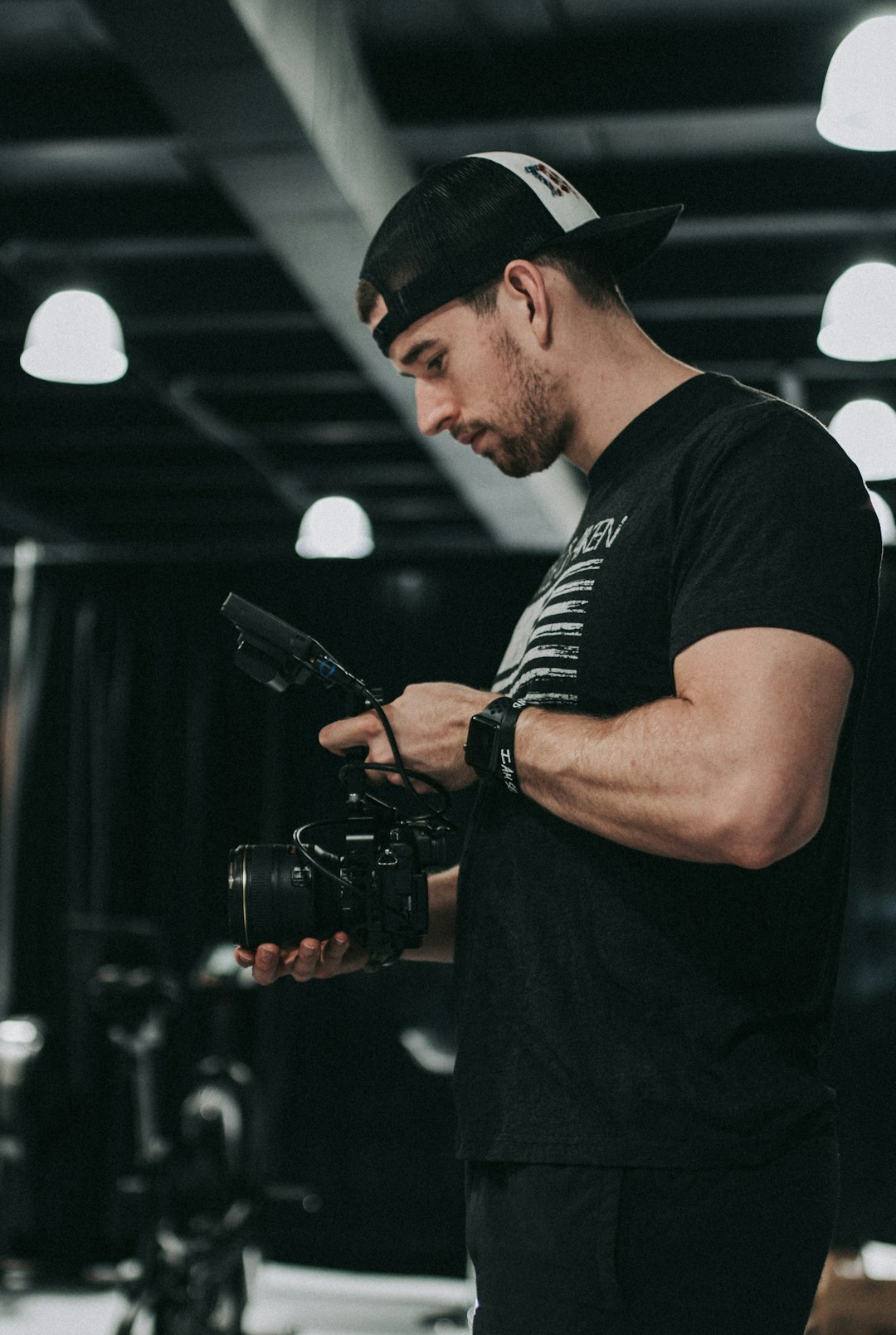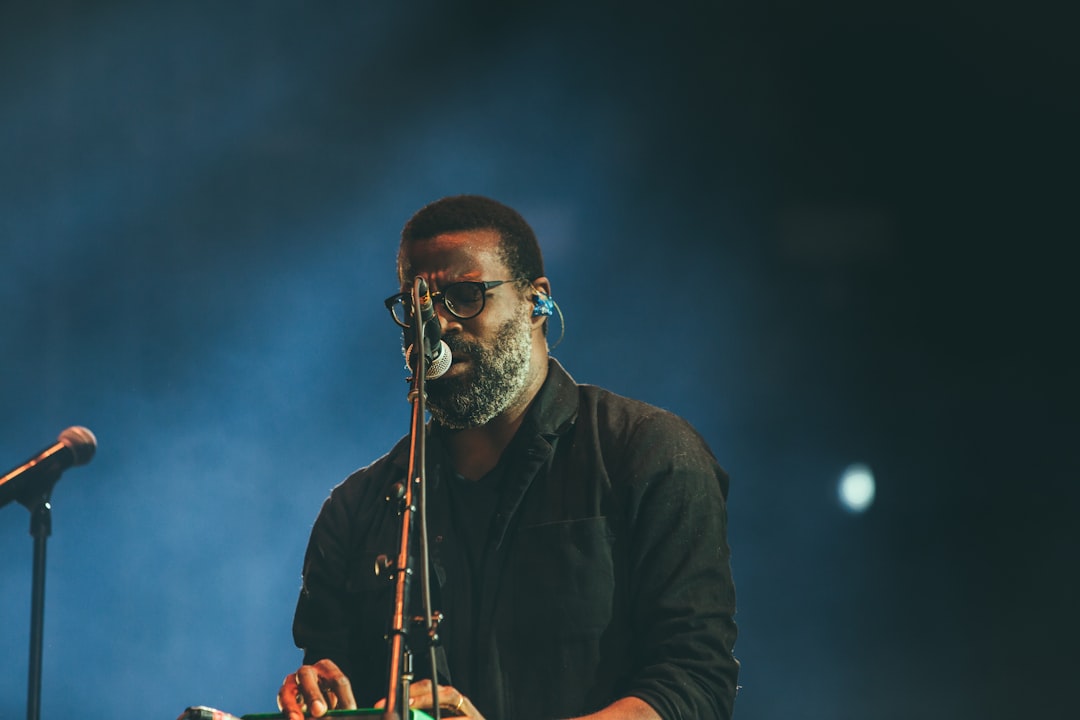
Trends in Video Content Consumption
Video content has become an integral part of our daily lives, with the rise of social media platforms like TikTok, Instagram, and YouTube. As technology continues to advance, so does the way we consume video content. In this article, we will explore the latest trends in video content consumption and how it is shaping the future of social media.
The Rise of Short-Form Video Content
by Walid Elmarkou (https://unsplash.com/@w_elmarkou)
Short-form video content has exploded in popularity in recent years, with the rise of platforms like TikTok, Instagram Reels, and YouTube Shorts. These platforms allow users to create and share short videos, typically under 60 seconds, with a focus on entertainment and creativity.
TikTok, in particular, has seen a massive surge in users, with over 1 billion active monthly users as of 2021. The platform’s success can be attributed to its algorithm, which curates personalized content for each user based on their interests and viewing history. This has made it easier for users to discover new content and creators, leading to a highly engaged community.
Instagram and YouTube have also jumped on the short-form video trend, with the launch of Reels and Shorts, respectively. These features allow users to create and share short videos on their respective platforms, tapping into their existing user base and providing a new way for creators to reach their audience.
The Impact of Vertical Video
by Scott Broome (https://unsplash.com/@scottbroomephotography)
Another trend in video content consumption is the rise of vertical video. With the majority of social media users accessing platforms on their mobile devices, vertical video has become the preferred format for consuming content.
Platforms like Instagram, TikTok, and Snapchat have all embraced vertical video, with their interfaces designed to optimize the viewing experience. This has also led to a shift in how content is created, with many creators now shooting and editing their videos specifically for vertical viewing.
The Importance of Authenticity and Relatability
In a world where social media can often feel curated and filtered, there has been a growing demand for authentic and relatable content. This has led to the rise of “real” and “raw” videos, where creators share unedited and unfiltered moments from their lives.
Platforms like TikTok and Instagram have become a hub for this type of content, with users gravitating towards creators who are genuine and relatable. This trend has also opened up opportunities for smaller creators who may not have the resources to produce highly polished content but can still connect with their audience through authenticity.
The Emergence of Live Video
by Austin Neill (https://unsplash.com/@arstyy)
Live video has been around for a while, but it has seen a surge in popularity in recent years. Platforms like Instagram, Facebook, and YouTube all offer live streaming options, allowing creators to connect with their audience in real-time.
Live video has become a popular tool for businesses and influencers to engage with their followers, whether it’s through Q&A sessions, behind-the-scenes content, or product launches. It also provides a sense of authenticity, as there is no room for editing or filters in live video.
The Integration of E-commerce and Video Content
by Bruno Kelzer (https://unsplash.com/@bruno_kelzer)
As video content consumption continues to rise, so does the integration of e-commerce and video. Platforms like Instagram and TikTok have introduced features that allow users to shop directly from videos, making it easier for businesses to reach potential customers.
This trend has also led to the rise of “shoppable” videos, where creators showcase products and provide links for viewers to purchase them. This has become a popular marketing strategy for businesses, as it allows them to reach a highly engaged audience and drive sales directly from their videos.
The Future of Video Content Consumption
As technology continues to advance, the future of video content consumption looks promising. Virtual and augmented reality are already being integrated into video content, providing a more immersive experience for viewers.
The rise of artificial intelligence and machine learning also has the potential to revolutionize video content consumption. These technologies can analyze user behavior and preferences to curate personalized content, making it easier for users to discover new videos and creators.
Conclusion
Video content consumption is constantly evolving, with new trends and technologies shaping the way we consume and create content. Short-form video, vertical video, authenticity, live video, and e-commerce integration are just some of the trends that are driving the future of social media.
As a business or content creator, it is important to stay up-to-date with these trends and adapt your strategies accordingly. By understanding the latest trends in video content consumption, you can reach a wider audience and stay ahead of the competition in the ever-changing world of social media.



